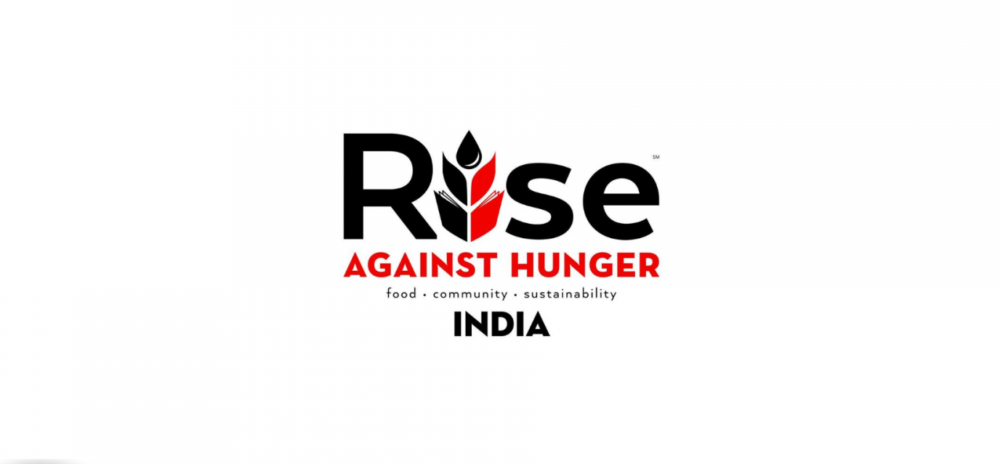RAHI is expecting a growth of 80-100 percent in production and 100 percent in income of rural participants through their Barghar, Odisha project.
The impact of COVID-19 & the subsequent lockdown was witnessed across India, with a lot of migrants losing their livelihood and returning back to their villages. Rise Against Hunger India (RAHI) stepped in and supported these migrants with nutritious fortified food over the past 5 months. However, the root cause of livelihood insecurity in their native places which pushed these vulnerable groups to undertake migration to other cities still remained unaddressed.
In order to address this issue RAHI has initiated interventions across some States in India to support the migrants and the small-scale rural farmers, so that they can become self-sufficient and are under no stress to migrate to just to earn their basic livelihood.
With an average 80% of India’s farmers being small and marginal famers with less than 2 hectares of landholding, RAHI’s approach is clearly directed towards affordable, small-scale, low-input initiatives as compared to large-scale, high-cost, production-oriented projects. Its project focuses on making the small-scale rural farmers self-reliant and less dependent on externalities. The emphasis is to build self-sufficiency through prioritization of family and local resource needs over massive production for commercial purposes. Local Farmer Producer Organizations (FPOs) form the primary vehicle to drive the initiatives. RAHI collaborates with technical resource agencies and experts to provide techno-scientific expertise. This, combined with the existing practices and knowledge of the rural participants provide a robust model for rural farmers to adapt new methods.
While the immediate short-term goal of these rural projects is to support the migrant labourers from the cities and towns to cultivate their lands, the broad objective of RAHI’s community empowerment through rural livelihood program is to enable the rural landholders and farmers generate enough income in the villages so that distress migration is minimal and they have a fall-back option to rely upon.
As part of its COVID-19 response, few projects have been launched. One of the projects, focused on creating end-to-end value chain for millets, has been initiated in Bargarh, Odisha. For the past few years, some farmers have moved from paddy to finger-millet cultivation and this is now receiving wider acceptance in the area. RAHI is supporting five FPOs covering 800 farmers to improve yield through agricultural tools, equipment and other inputs. FPOs have become a common vehicle to share resources and inputs; they also provide an assured market platform in the absence of which an individual farmer would be subject to whims and fancies of private vendors. Farmers are expecting 80-100 per cent growth in production and 100 per cent increase their income per acre of land.
“Hunger and lack of income is the biggest enemy for the rural poor. We are trying to make the vulnerable people in the villages self-sufficient & self-reliant. With adequate income available in villages, the need for migration can be stopped and the cycle of poverty reversed. With reduced economic vulnerability, the farmers shall also achieve more confidence to take part in socio-political issues and overall welfare of the village. Increased affordability shall help to improve household level nutrition in all program areas.”, said Mr. Dola Mohapatra, Executive Director, Rise Against Hunger India

